ARTICLE AD BOX
Last Updated:July 29, 2025, 13:52 IST
International Tiger Day 2025: World’s first white tiger was found in Rewa, MP in 1951. Named Mohan, he was raised like royalty and is remembered as a symbol of pride
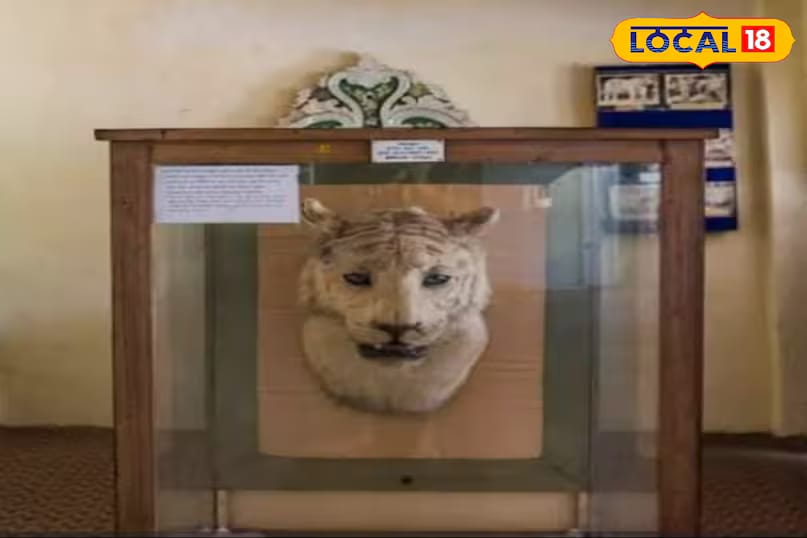
Madhya Pradesh, often called the Tiger State of India, is home to the country’s highest number of tigers. But few know that it also gave the world its first white tiger. In 1951, a rare white tiger was discovered in the forests of Rewa. This majestic animal, later named Mohan by King Martand Singh of Rewa, went on to become a royal companion and the start of a remarkable legacy. (News18 Hindi)

The year was 1951 when Maharaja Martand Singh spotted a white tiger in the Bargadi forest of Sidhi. Captivated by its unique appearance, the King decided to capture it. Once caught, the white tiger was brought to the royal fort of Govindgarh. From wild jungle to royal palace, Mohan’s life changed overnight. With striking white fur and piercing blue eyes, the tiger became a centre of attraction, not just for the king but for everyone in the palace. (News18 Hindi)

Mohan was more than a pet; he was treated like royalty. According to historians, Mohan was cared for with the same respect and attention as a prince of the Baghel dynasty. The palace staff even referred to him as ‘Mohan Singh’. Interestingly, Mohan was known for his unusual habit of fasting on Sundays. No matter how much the King tried to persuade him, the tiger would only consume milk on those days. (News18 Hindi)

Mohan also had a playful side; he loved football. Over time, the palace began to feel less like a home for a wild animal and more like a kingdom where Mohan reigned. As he grew older, Mohan fathered a new generation of white tigers. He had three mates, one of whom was named Radha. On October 30, 1958, Radha gave birth to four white cubs: Raja, Rani, Mohini, and Sakeshi - the world’s first naturally born white tigers. (News18 Hindi)

Mohan’s lineage continued to grow. In total, 34 cubs were born from Mohan, out of which 21 were white. His legacy extended far beyond Rewa, with many of his offspring sent to zoos across India and abroad. However, despite this success, white tigers eventually disappeared from Rewa. The very land that gave the world its first white tiger lost its connection with them. (News18 Hindi)
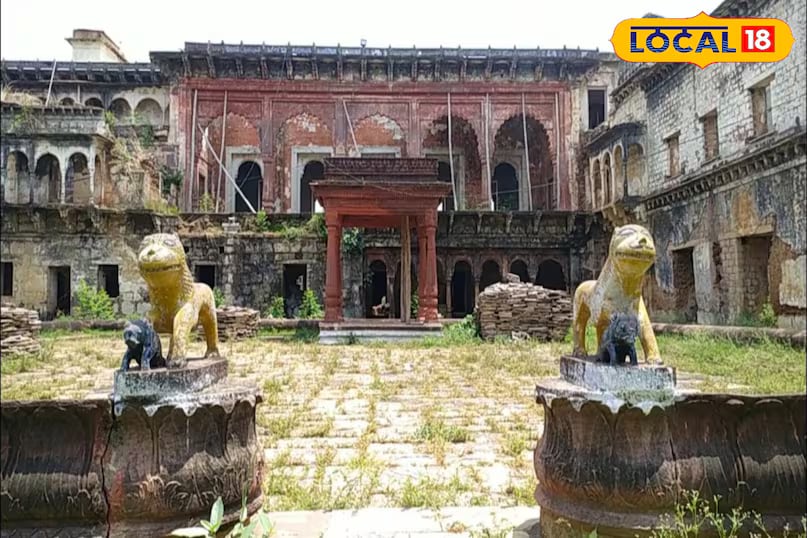
Mohan passed away on December 19, 1969, at the age of 19. He was buried with full state honours in the gardens of Govindgarh Fort, where a mausoleum now stands in his memory. His death marked the end of an era, and years later, his last known descendant in Rewa, a white tiger named Virat, died in 1976. (News18 Hindi)
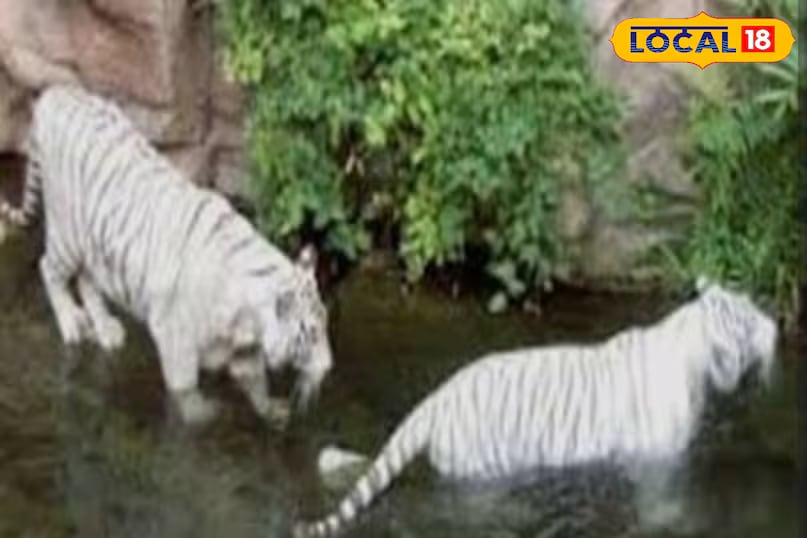
According to historian Dr Mukesh Yengal, in 2016, efforts to revive Mohan’s legacy were reignited. Thanks to the initiative of Minister Rajendra Shukla, the Maharaja Martand Singh Zoo Dev White Tiger Safari was established in Mukundpur, Govindgarh. It marked the return of the white tiger to its homeland. A white tigress named Vindhya was brought in, bringing hope and pride back to the land of Vindhya. (News18 Hindi)
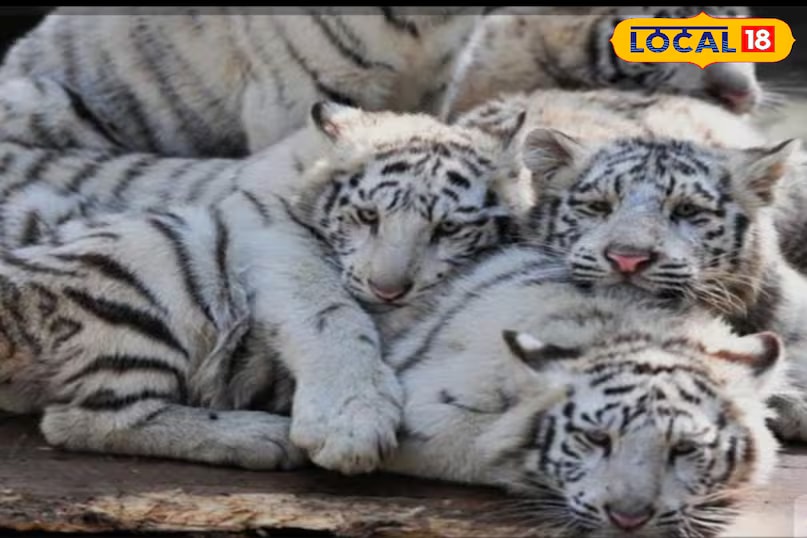
Interestingly, the existence of white tigers in India predates Mohan. Historical texts like the Akbarnama mention that Mughal Emperor Akbar hunted two white tigers in 1561. Yet, it was Mohan who carved a special place in history, not just as a rare animal, but as a symbol of Rewa’s royal legacy and India’s rich wildlife heritage. (News18 Hindi)
News Photogallery india International Tiger Day: Meet Mohan, World’s First White Tiger, Who Fasted Every Sunday



.png)
.png)
.png)
















 11 hours ago
6
11 hours ago
6

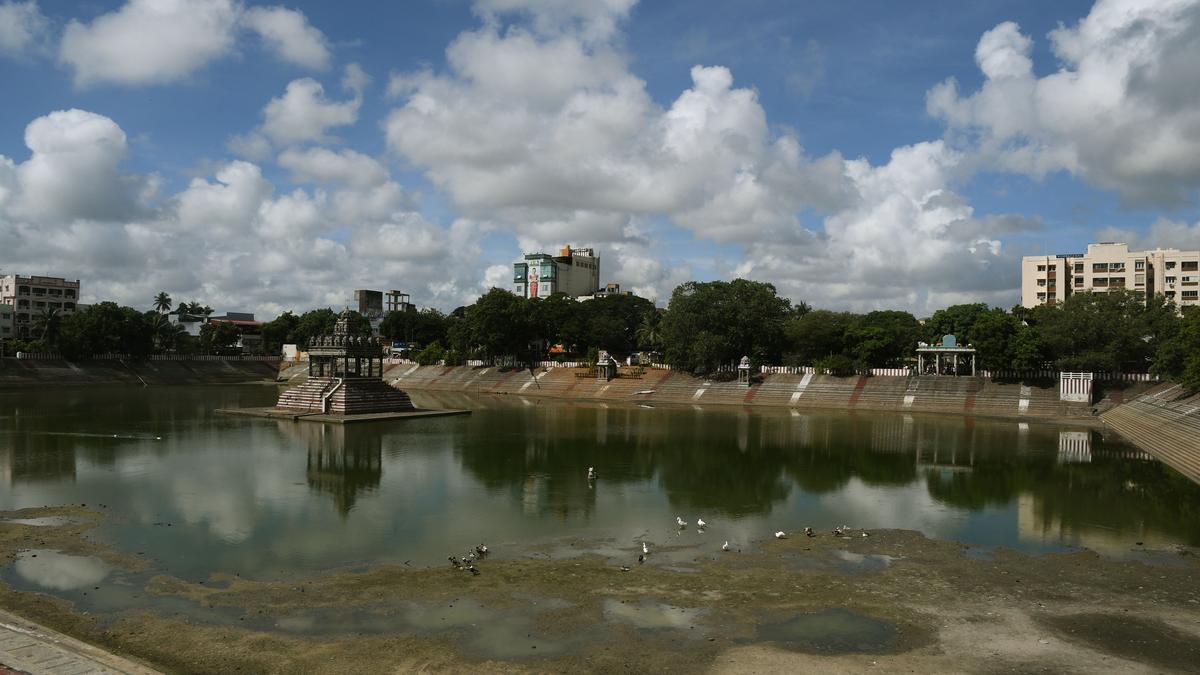






 English (US) ·
English (US) ·